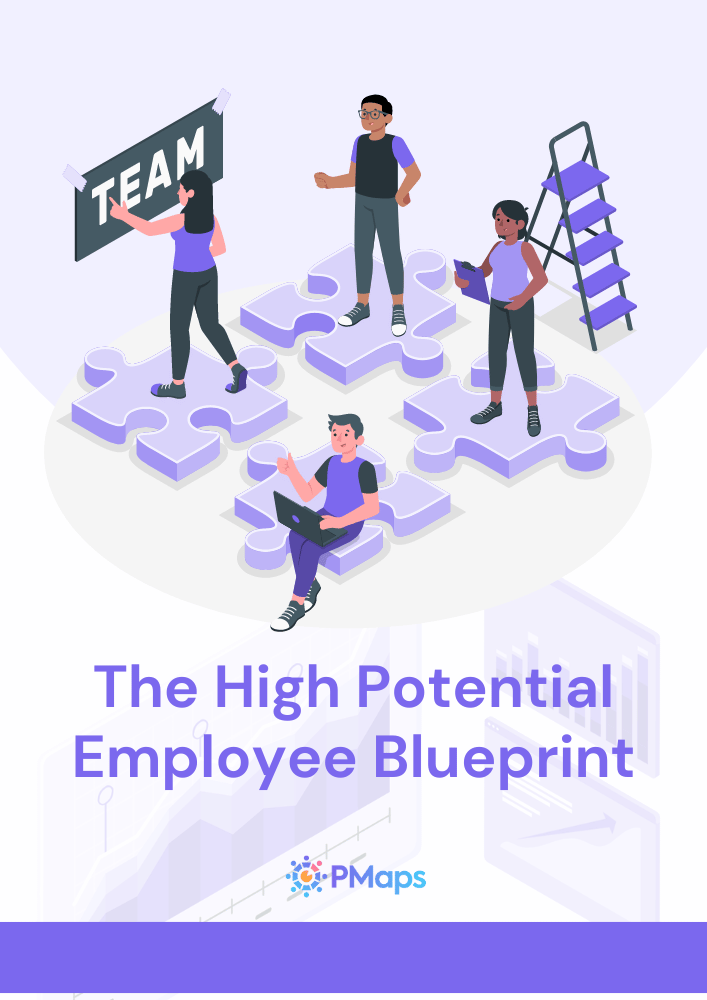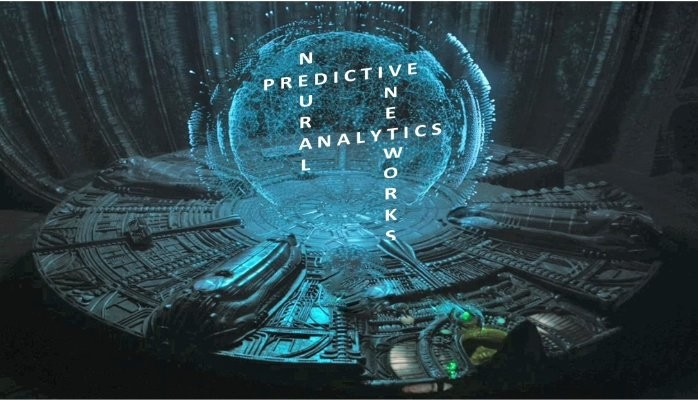
With the changing times and new workforce, it is clear that work styles demand a change too. A new research by SIEPR, shows that the majority of employees want a mix of home and office work. Now more companies are creating workplace norms to accommodate both types of employees: in-office and remote.
The International Workplace Group conducted a global workplace survey, gathering the opinions of more than 15,000 business people across over 100 countries to understand flexible working. The results showed that:
- 85% of the respondents agree that productivity has increased as their companies implemented flexible work models.
- Over 4/5 confirmed that, when faced with two employment offers, they would turn down the one that doesn't offer flexibility to work.
- Over half of the employees are working outside their office headquarters for atleast 2.5 days a week.
- 65% of the businesses believe that flexible models help them reduce CAPEX/OPEX.
- 65% of the respondents say that businesses that tailor the work environment to the work function of staff are more productive.
In the previous blog, we discussed one such flexible working model – Distributed work model (Hybrid Model) coming into the picture post-pandemic. It is a model that can accommodate all kinds of work preferences whether it is working remotely, telecommuting, or working at the traditional office locations.
As beneficial as this model is, it also brings some struggles for the employees, which in turn adds up to the responsibility for the managers to ensure that the employees transition to this work style successfully.
According to a recent study by McKinsey, businesses are experiencing a crisis now which is causing significant social and economic dislocation. These dynamics are ingredients for disruption from which new business models emerge. Businesses can gain long-term advantages if they understand the shifts better and see it as an opportunity.
So, the better we understand these disruptions and challenges, the better we will be able to develop new and innovative ways of working. Let's discuss the major challenges managers are facing in a distributed work environment and how to solve them.
Challenge 1: Managing Teams With New Strategies
It can be challenging for the managers to ensure a number of things in a hybrid work environment. Are the employees motivated enough to work in this new setting? Are all the employees able to voice their opinions during team meetings now? What can be done to boost up the team work in hybrid teams?
Teresa Hopke is CEO, Talking Talent, Inc., a global coaching firm shares – “As many managers are managing a remote team for the first time, their executives must ensure they are capable of leading a hybrid workforce effectively. It is important to help them see that the old ways of leading aren't likely to help them or their team succeed in the future of hybrid work. Instead, they will need to shift their mindset to a new, more human-centered way of leading.” So when it comes to resolving these issues, managers need to remember that the struggles of in-office and remote employees are different. Thus, they should come up with mixed strategies to identify the needs of employees, such as: assessing the employee motivation through online aptitude test and surveys.
Challenge 2: Building Rapport and Communication
When managers communicate through different mediums, to some in-person, to some virtually – the messages might be interpreted differently. While face-to-face or in-person communication provides a lot of cues such as tone, context, etc. for understanding better. It isn't the case with online communication and often leads to differences in understanding, sometimes even confusion. That in turn might affect the relationship with the manager.
Managers should ensure that their messages are interpreted in the same manner by everyone. In an article published on Rework, Scott Clark discusses that transparency, clear expectations and communicating in a way that the employee understands is vital from the manager's side. Managers should use an intentional approach to relationship building and know their employees in order to build virtual rapport. Interpersonal connections between managers and employees can be enhanced by bringing in the element of humanness and using the tools of curiosity, compassion and vulnerability.
Challenge 3: Connectivity and Collaboration Hassles
Remote workforce might feel disconnected from their on-site counterparts in hybrid work environments due to various reasons which might create difficulty in working together.
Working from different timezones. Which timezone to use for scheduling meetings?
Bad Internet connections. Postpone the meeting, or talk to blurry faces on the video?
Javier Soltero, General Manager and Vice President of Google Workspace, shares how they are working on enhancing collaboration and strengthening human connection, “We're especially interested in what we call collaboration equity, or the ability to contribute equally, regardless of location, role, experience level, language, and device preference. We've been experimenting with ways to bridge the gap between the in-person and the “somewhere else” by pushing our technology and the physical spaces of our campuses to be more inclusive.” Managers can reduce such gaps between team members and strengthen the team coordination by developing their own tech stack. Collaborative working tools such as: Google Workspace, Calendly, Zoom; and the essentials for better connectivity such as proper devices and internet should be a must-provided thing.
Challenge 4: Providing Balanced Supervision
When managers are working in the immediate vicinity with certain employees, it is natural to perceive those employees as more hardworking. The reason is obvious, because the managers see them physically operate. In psychological terms, it is called, “proximity bias”. It might sometimes lead to favouritism, unfair performance evaluations, unequal supervision, mistrusting remote employees etc.
So, when it comes to a hybrid environment, managers need to put in extra efforts to make sure that they are not carrying a biased mindset or are inclined towards one type of team and depriving the other ones from their guidance. Chances are, they are practising it unknowingly, but once they are aware, they'll be able to reflect on and unlearn such practices. A psychometric test for employees can help ensure fair evaluations and equal supervision. In a recent article by Fast Company, Ali Shalfrooshan shares, Organizations can adopt many processes that will facilitate greater connection and update how they operate to address proximity bias such as: Setting up weekly meetings to have ad hoc conversations with your employees, and creating additional space to engage and interact with others.
Challenge 5: Ensuring Team Bonding
When team members are working from different locations, another concern that might come up is silos. Team members often start to feel more closer with the ones working from the same setting. This results in the “Us” versus “Them” mindset.
One way to break such a siloed mindset is to create a unified vision. Another way is to train and operate with both types of employees together. In a study by Harvard Business Review, Joseph Grenny and David Maxfield, shares – Remote workers feel shunned and left out by their on-site colleagues. While managers may be tempted to end remote work and bring everyone back to the office, to solve this, it isn't recommended. Instead, they should encourage habits that lead to feelings of trust, connection, and shared purpose such as regular check-ins; face-to-face or voice-to-voice contact; staying available for the remote workers; using check-in time to ask about their personal life, families, and hobbies, etc.
Challenge 6: Establishing An Inclusive Workplace Culture
When work was purely office-based, managers could schedule team meetings quickly, to gather the entire team and discuss new plans. But in distributed teams, it can be difficult to sync with different employees because they are working from different locations and timezones. Managers need to develop a culture of inclusiveness so that the remote workers don't get left out during important events or feel deprived of the workplace culture. According to Alison Hill, CEO of Pragmatic Thinking, Leaders can brainstorm ways to change their methodology for connecting with teams. This might mean running a meeting virtually for everyone, even if half of the participants are in the office, in order to create a level playing field where everyone feels included. It's really important for leaders to think about how we are interacting quite differently now.
Additionally, they need to encourage employees to voice their ideas regardless of the medium or location they are connected to. One way is to give employees turns to share their ideas so that no one gets left behind.
Challenge 7: Reduced Creativity
Hybrid work might have boosted productivity but heavily impacted the creative processes of the team. Managers are struggling to conduct impromptu brainstorming sessions, scribbling an idea out and showing it to the team on spot in such a distributed work environment. They need to find new ways that will boost innovative ways of working for the team.
One strategy, as shared by a research by Lucid is to adopt virtual visual solutions such as cloud, whiteboards to facilitate visual collaboration. The study found that 93% of remote workers find that having an online whiteboard improves visual team communication and provides them a shared space to ideate, create, and act.
TO SUM UP:
When you want to choose the best way to work, inclining to one – remote or on-site might not be the best idea. THE RIGHT BALANCE is the key here, which is best served by Distributed/Hybrid Work Environment. And in order to make it work, make sure you are creative in working, are inclusive, collaborative, flexible, have a rich work culture and connected to your workforce.
Along With that, this rapidly changing work environment, and adoption of new methods of working, calls for new kinds of leaders and managers too. Follow our next blog to know about what organizations can do to identify the managers that will thrive and succeed in the distributed work environment








